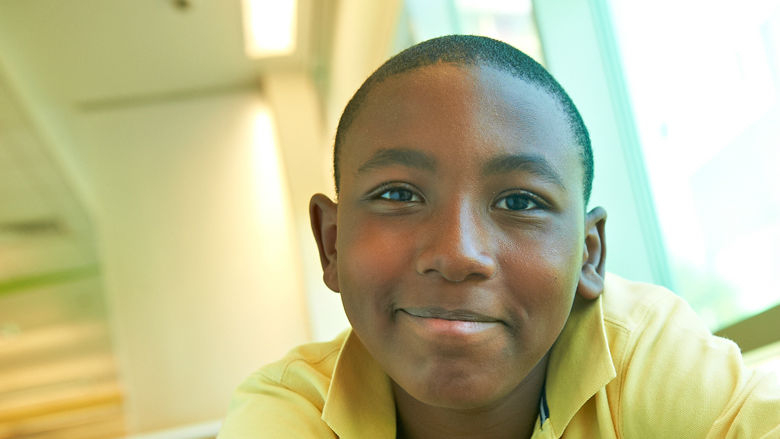Complete Tracheal Rings
What are complete tracheal rings?
Complete tracheal rings are a birth defect in the cartilage rings that keep the trachea, or windpipe, from collapsing. A normal tracheal cartilage is C-shaped with a softer, posterior membrane consisting of muscle. In complete tracheal rings, the trachea is made with several or more O-shaped rings.
This condition is thought by some to occur from abnormal growth of the cartilage as compared to the muscular part of the normal trachea. The affected airway may involve just a few rings to most of the trachea and can extend into the left or right lung through the bronchi.
Children with complete tracheal rings may have associated malformations, cardiac and pulmonary anomalies, Down’s syndrome, and Pfeiffer syndrome. It can be associated with a vascular anomaly known as a “ring-sling” complex in which the pulmonary artery, due to an abnormal course, can sling around the trachea and cause compression and narrowing of the tracheal opening.
Why Choose Us?
The Center for Pediatric Airway Disorders is staffed by internationally recognized leaders in the diagnosis and treatment of airway disorders in children. Our team of experts provide highly specialized care for children with a wide variety of airway disorders.
Testing and diagnosis for complete tracheal rings
X-rays and more advanced imaging such as CT or MR will help your doctor diagnose complete tracheal rings. Imaging can provide a more complete picture of not only the extent of airway narrowing, but also any other lesions that might be present such as cardiac or vascular problems.
An airway evaluation to include a microlaryngoscopy and bronchoscopy is essential to fully diagnose complete tracheal rings. This diagnostic test provides clarification of the tracheal lesion and differentiates it from lesions in the larynx that can cause stridor and respiratory distress. Furthermore, the test can help show the degree and length of narrowing in the trachea.
In addition, your child may also require aerodigestive evaluations by pulmonologists and gastroenterologists. Illnesses in the lungs or esophagus/stomach can affect the overall health of the patient and surgical outcomes. Advanced evaluation may include endoscopic examinations by these specialty services at the same time as a microlaryngoscopy and bronchoscopy.
Treatment for complete tracheal rings
Your child's treatment of complete tracheal rings depends on the extent of the narrowing and caliber of the airway.
Observation
Milder forms of complete tracheal rings can sometimes be monitored with close observation at your regular doctor’s visits. Larger caliber rings in children with less severe symptoms may grow and require no surgical intervention.
Surgery
Tracheal resection and primary anastomosis
If your child has a few complete tracheal rings arranged in a short segment, this surgical treatment may be an option. Tracheal resection involves surgically removing the defective tracheal segment and then repairing the airway by suturing the remaining ends back together.
Slide tracheoplasty
Usually, your doctor cannot repair longer segment tracheal rings with a tracheal resection. Instead, the surgeon may perform slide tracheoplasty surgery. In slide tracheoplasty, the narrow part of the trachea is cut through horizontally. Then a vertical incision is made in the back part of one segment and the front part of the other tracheal segment. Finally, the two sections are slid together and sutured so that they overlap, providing a wider tracheal airway.
The total length of the hospital stay will depend upon your child’s healing process, and can approximately be three weeks in the intensive care unit (ICU).

